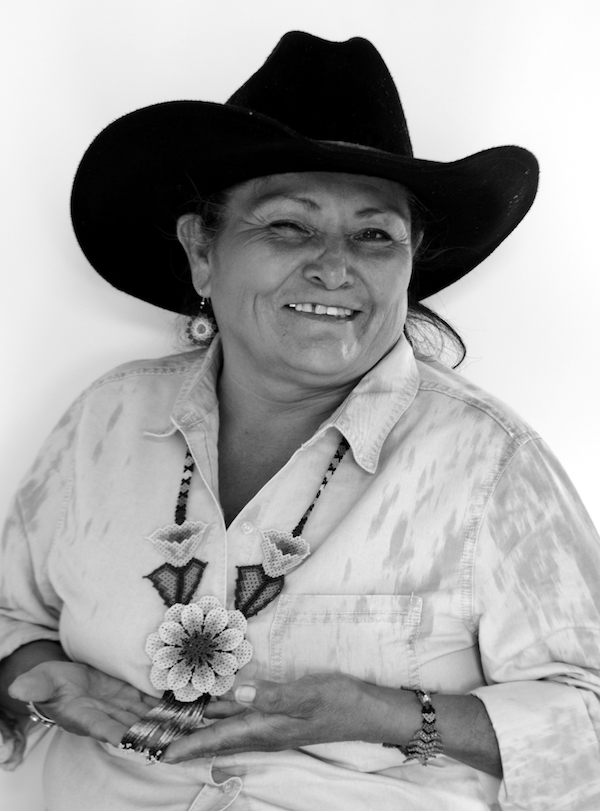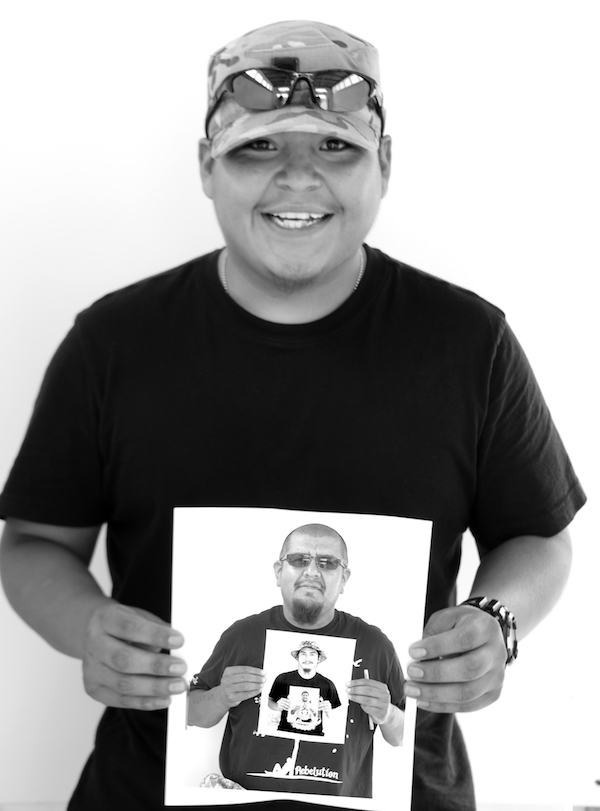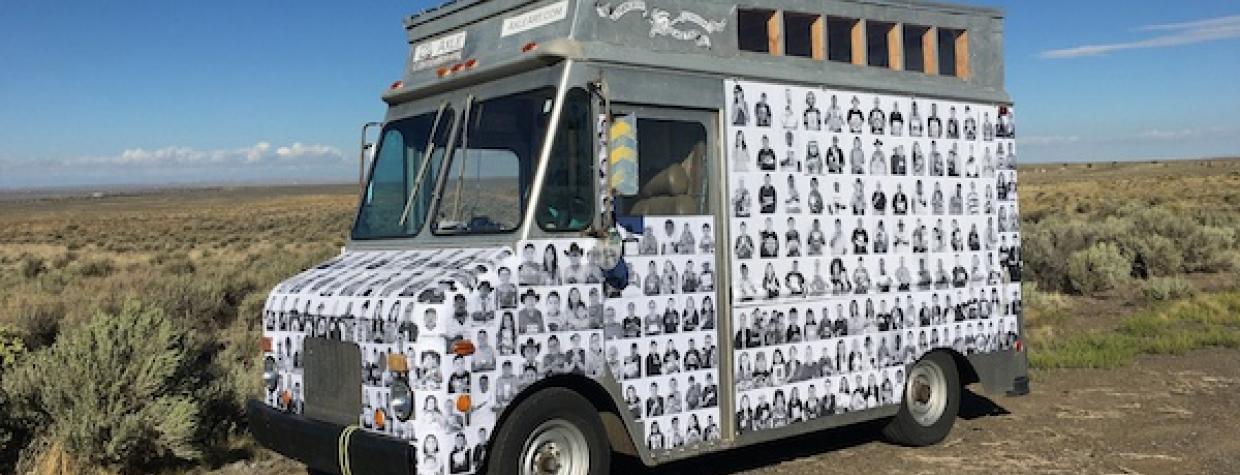In September 2016, artists Matthew Chase-Daniel and Jerry Wellman took their mobile art gallery, Axle Contemporary, to the Navajo Nation and surrounding areas to create the third project in an ongoing series called E Pluribus Unum.
The ongoing series captures portraits of individuals across parts of the Southwest. The individual photos are then digitally blended to create one final image — one face that represents all who participated in the project.
 “For us, the title of the project, E Pluribus Unum, is about this notion that with the individual and blended portraits, that the individual and individual personality, culture, thoughts and identity are all very important, and also, the blend of all those individuals make a coherent whole. We’re all very different and we’re all very similar at the same time,” Chase-Daniel said.
“For us, the title of the project, E Pluribus Unum, is about this notion that with the individual and blended portraits, that the individual and individual personality, culture, thoughts and identity are all very important, and also, the blend of all those individuals make a coherent whole. We’re all very different and we’re all very similar at the same time,” Chase-Daniel said.
The artists stayed in each community for one to three days, depending on the size of the town, and offered free portraits to those interested in participating in the art project.
“This project was all done digitally, and it was a wonderful way to engage people in a direct and immediate way,” Chase-Daniel said. “We
have solar panels on the roof of the truck to run a printer on board, so people come in, have their portrait taken and within five minutes are handed a free copy of their picture, and another [is] pasted on the outside of the truck. Over the course of the project, the truck becomes a gallery where the outside has hundreds of photographs that draw new people in.”
In all, the two artists captured more than 800 photos for E Pluribus Unum: Dinétah.
“When we showed up in a little town like Chinle, people were fascinated. They came, they participated. We just didn’t know if we would gain any interest or traction, showing up in a little town,” Wellman said. “People showed up and wanted to participate. They understood what we were doing and our project. I thought that understanding of what we were doing indicated a level of sophistication and understanding that was really heartening to see.”
Participants were asked to bring along an item that was important to them. People brought their children, pets and everyday items like water bottles, keys and cellphones.

“At the time, a lot of people were saying, 'Water; water is life.’ If you want to talk about something that is very beautifully meaningful to everybody and anybody, it would be water. Between the water, car keys and the cellphone, those are very important things today,” Wellman said.
Many of the items brought helped to tell a story and place a timestamp on the portraits. That was by design.
“Some of what you see in the photos are traditional and very identifiable as Native American or Navajo, and then you have other things that are much more cross-culture and very much 'of the time,'” Wellman explained. “So even what kind of cellphone they have will identify this project in time. If you look at these pictures 50 years from now or 100 years from now, you’ll be able to tell digitally when they were made. If the portraits were made 10 years earlier or 10 years later, the objects, clothing, all things like that would be different.
“It’s really a portrait of a people and community in a place and in a time. And that’s what we tried to do in all the projects, including the Santa Fe and Albuquerque projects. As we go through this series of E Pluribus Unum projects, we’re creating this portrait of life in New Mexico and the greater Southwest in this time, this decade.”
E Pluribus Unum: Dinétah will be exhibiting at the Navajo Nation Museum in Window Rock from July 12 through January 31. The opening reception will be held July 12 from 5:30 to 7 p.m. A book containing the entire collection of photographs, as well as essays by the artists and by Navajo Nation Museum zfirector Manuelito Wheeler, and a poem by Navajo Nation poet laureate Laura Tohe, has been published.
To learn more about E Pluribus Unum: Dinétah, click here.
— Kirsten Kraklio

